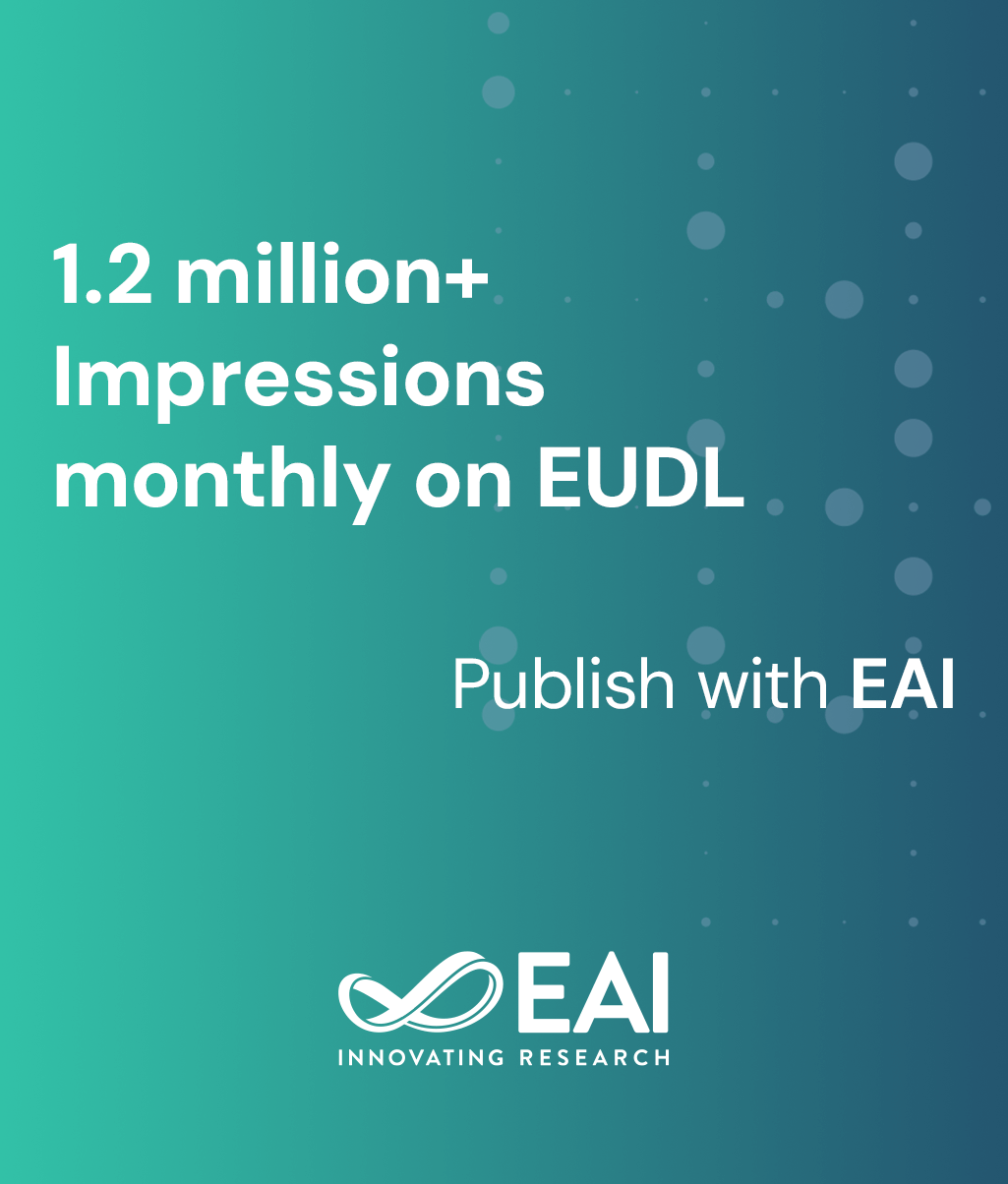
Research Article
Virtual reality simulation research on the quality and strength of the riveting process for the top cover accessory of battery pack
@ARTICLE{10.4108/eetsis.6865, author={Wang Yang-qing and Tang Wenke and Ning Shui-gen and Cao Bing-xin}, title={Virtual reality simulation research on the quality and strength of the riveting process for the top cover accessory of battery pack}, journal={EAI Endorsed Transactions on Scalable Information Systems}, volume={12}, number={2}, publisher={EAI}, journal_a={SIS}, year={2025}, month={4}, keywords={Battery Pack, Top Cover, Riveting without rivets, Virtual reality, Deform-3D, Rivet Less joint strength}, doi={10.4108/eetsis.6865} }- Wang Yang-qing
Tang Wenke
Ning Shui-gen
Cao Bing-xin
Year: 2025
Virtual reality simulation research on the quality and strength of the riveting process for the top cover accessory of battery pack
SIS
EAI
DOI: 10.4108/eetsis.6865
Abstract
INTRODUCTION: Based on the riveting theory, a 3D model of the riveting structure was established, and the riveting process of three kinds of plate thickness was simulated by Deform-3D virtual simulation, and the theoretical values of the key parameters of the riveting structure were obtained. OBJECTIVES: Through the tensile and shear tests of riveted samples, it was found that the simulation theory of key parameters of riveting was close to the experimental values, which showed the feasibility of the simulation. METHODS: Through the experiment, it was further found that the shear strength and tensile strength were increased with the increase of plate thickness. RESULTS: The shear strength and tensile strength of a 1.5mm thick plate were increased by 81.2% and 35.2%, respectively, compared with that of a 1.0mm thick plate. The shear resistance and tensile strength of the 2.0 mm thick plate were 111.4% and 54.5% higher than that of the 1.0 mm thick plate. CONCLUSION: During the experiment, it was not found that the upper and lower plates were separated directly, but the neck of the riveted joint was directly broken.
Copyright © 2025 Wang Yang-qing et al., licensed to EAI. This is an open-access article distributed under the terms of the CC BYNC-SA 4.0, which permits copying, redistributing, remixing, transformation, and building upon the material in any medium so long as the original work is properly cited.


